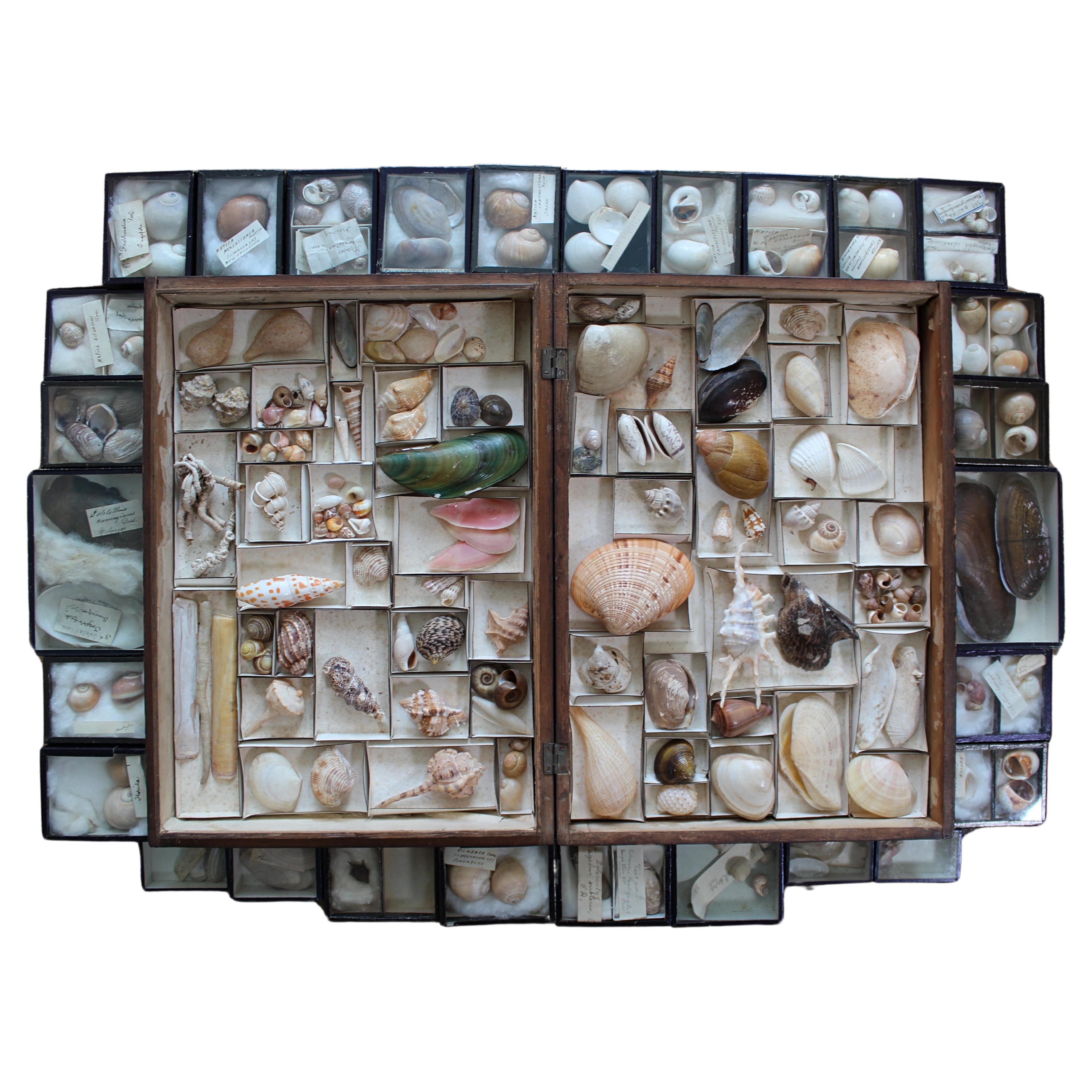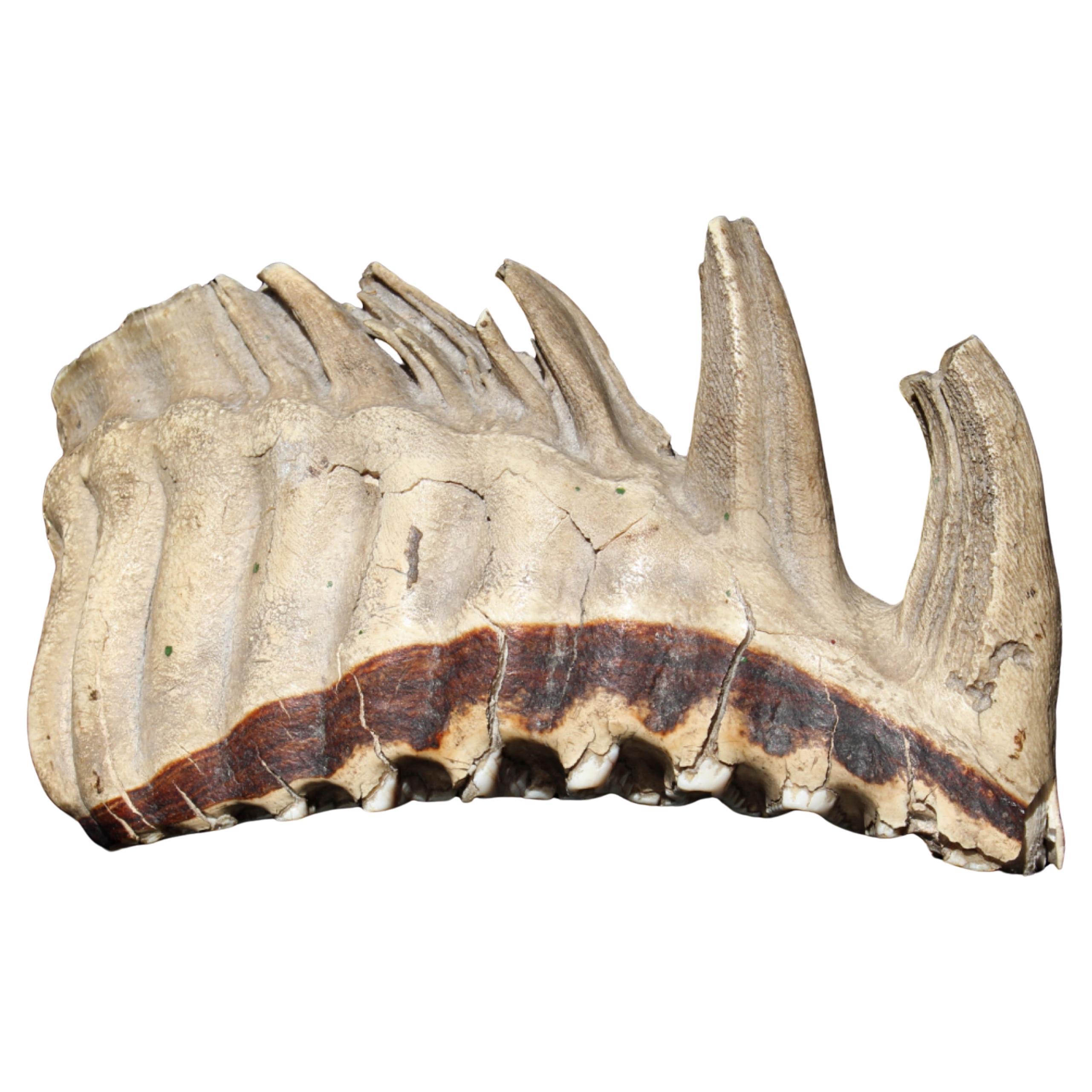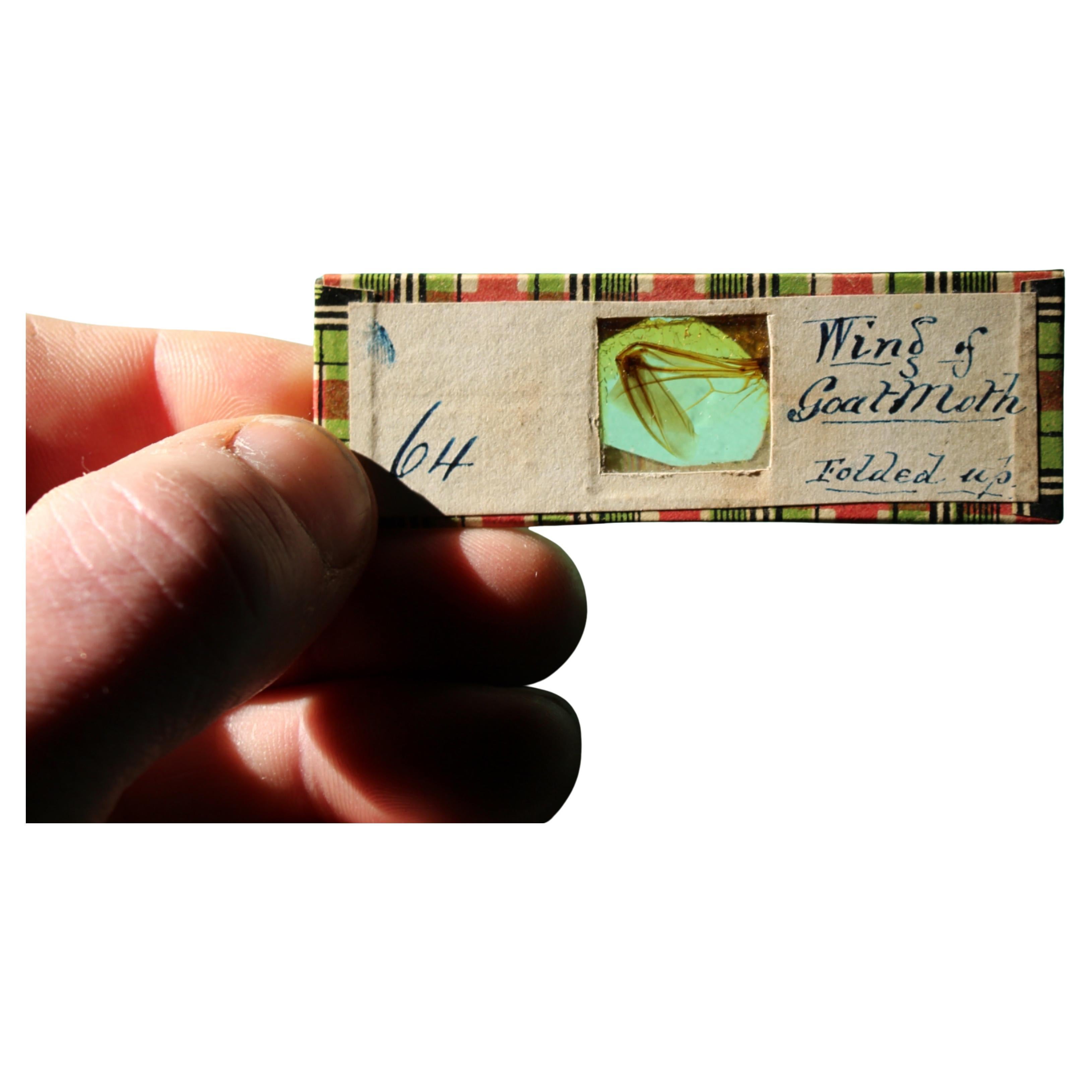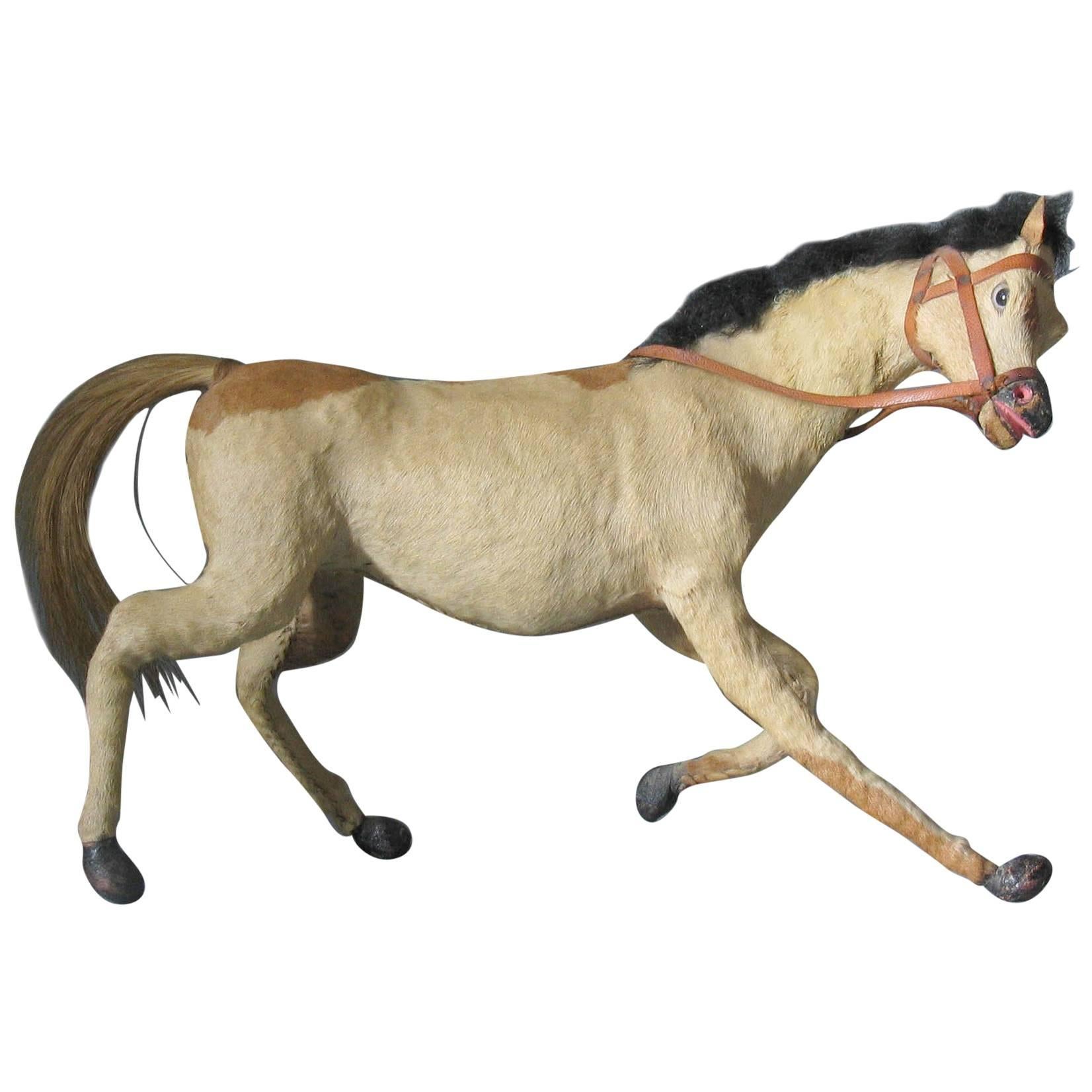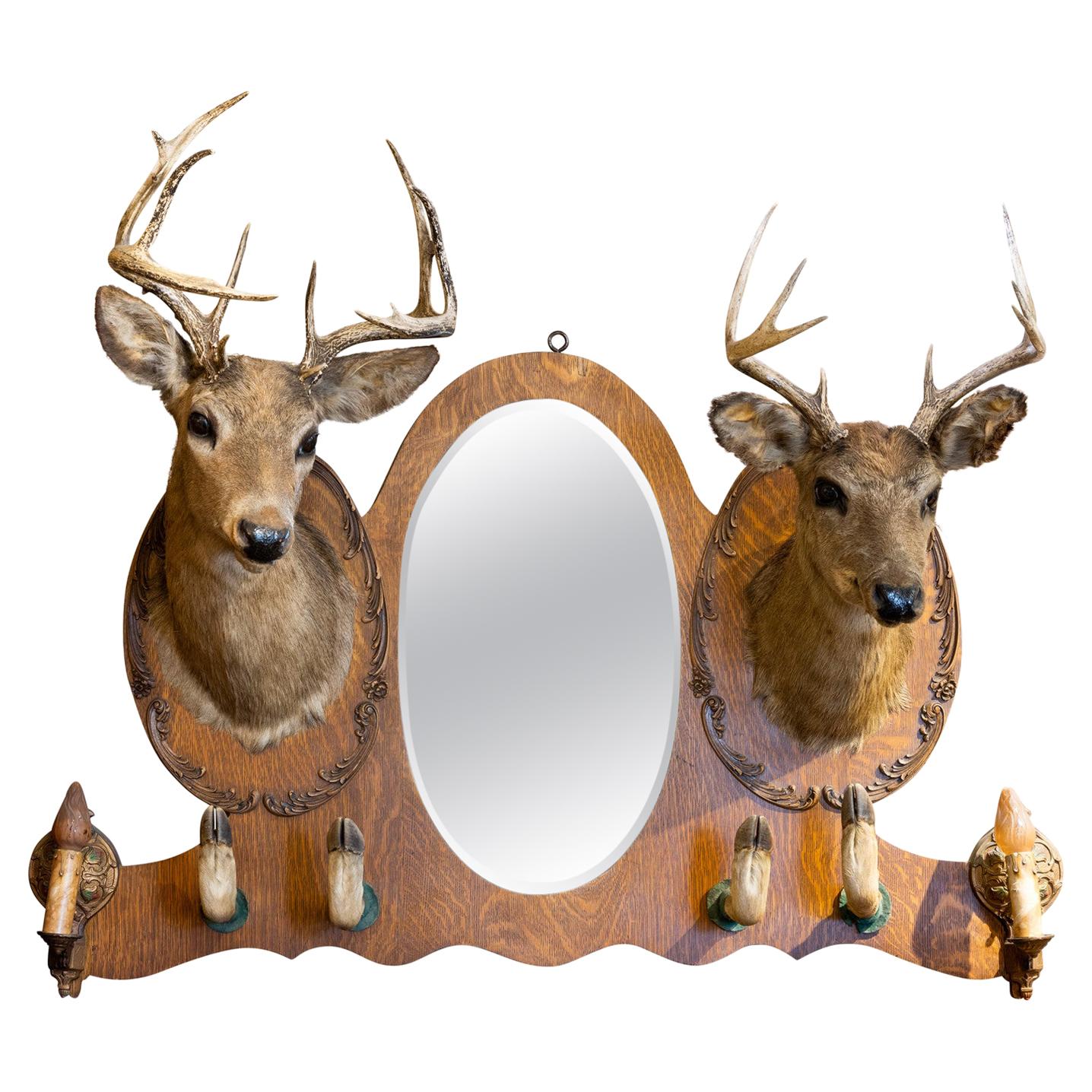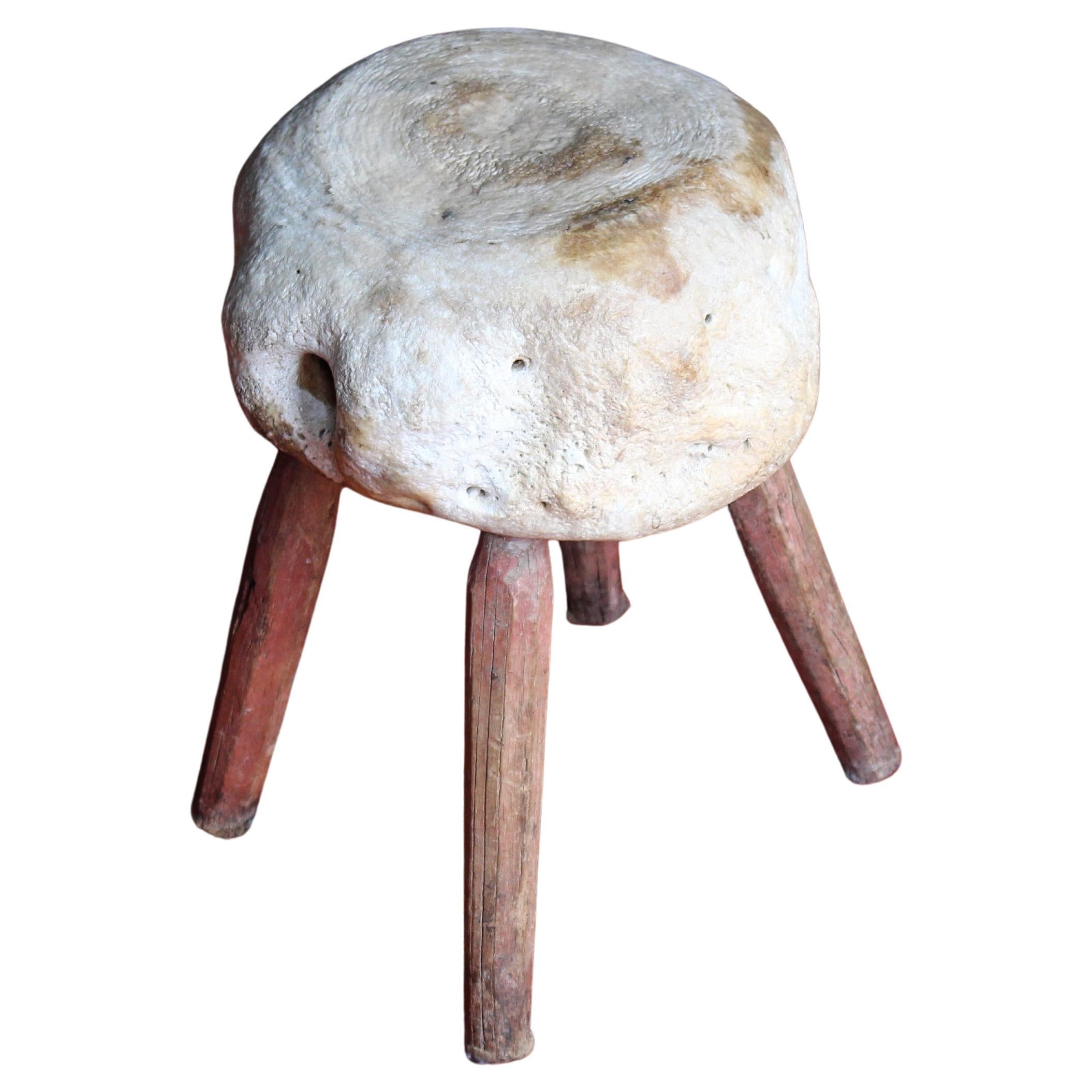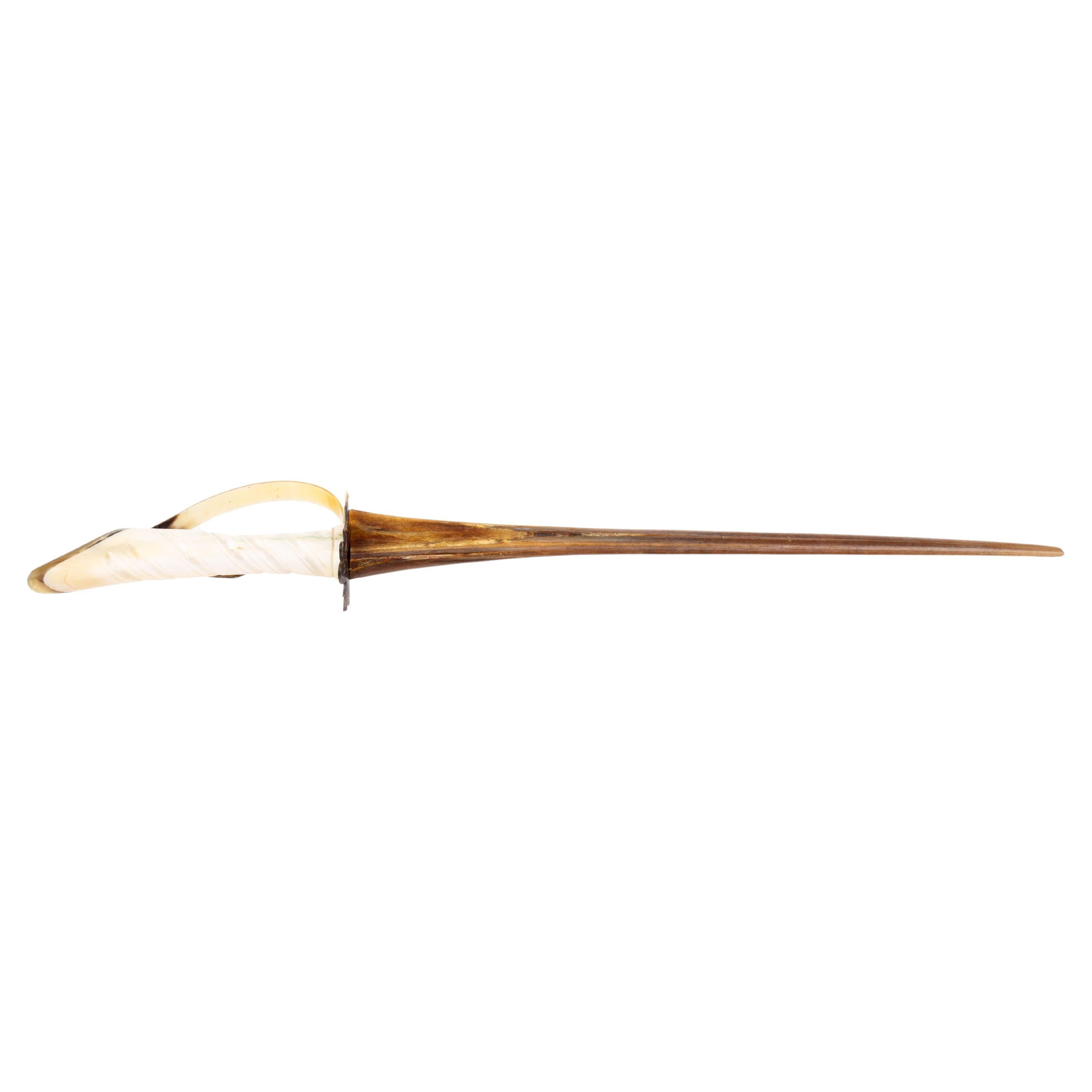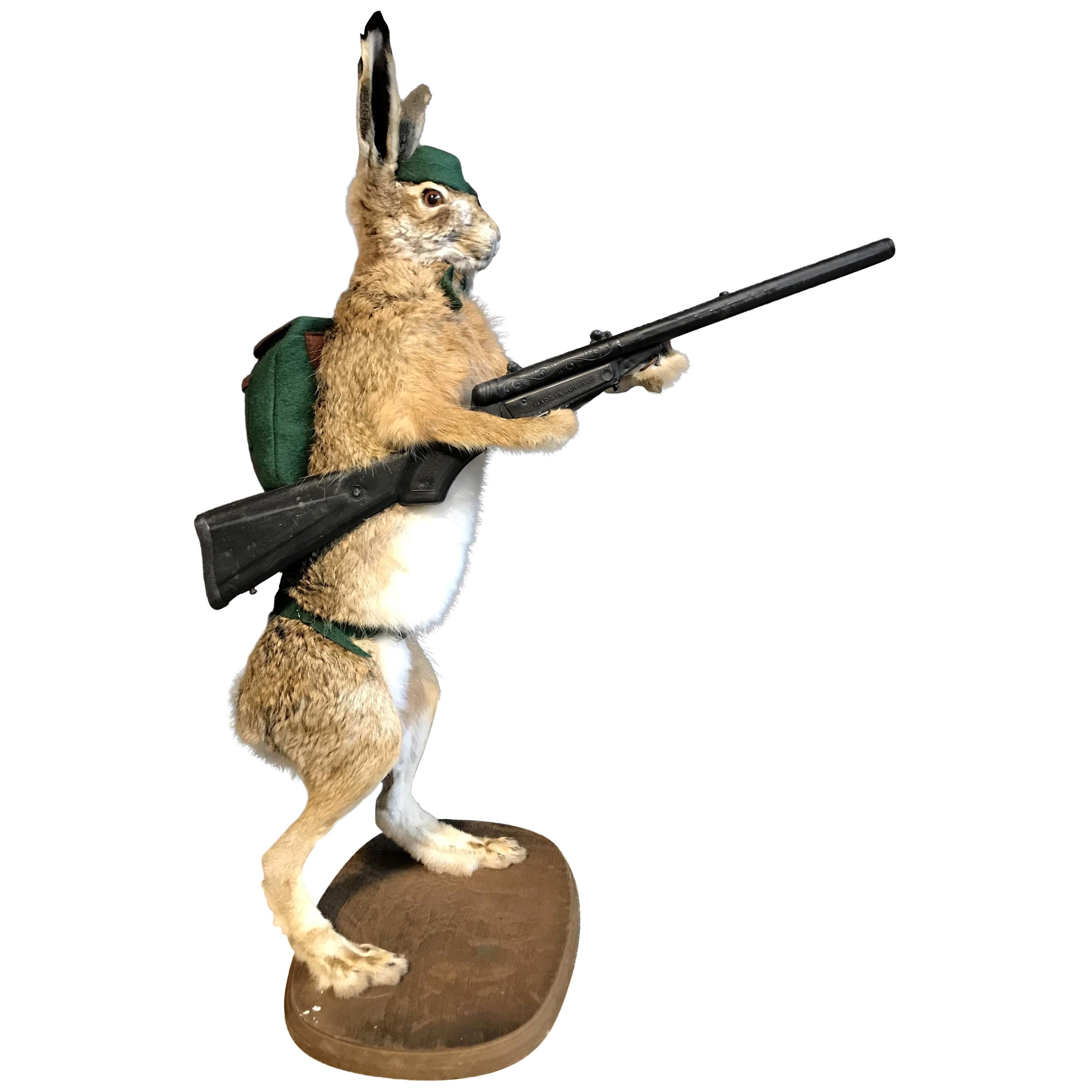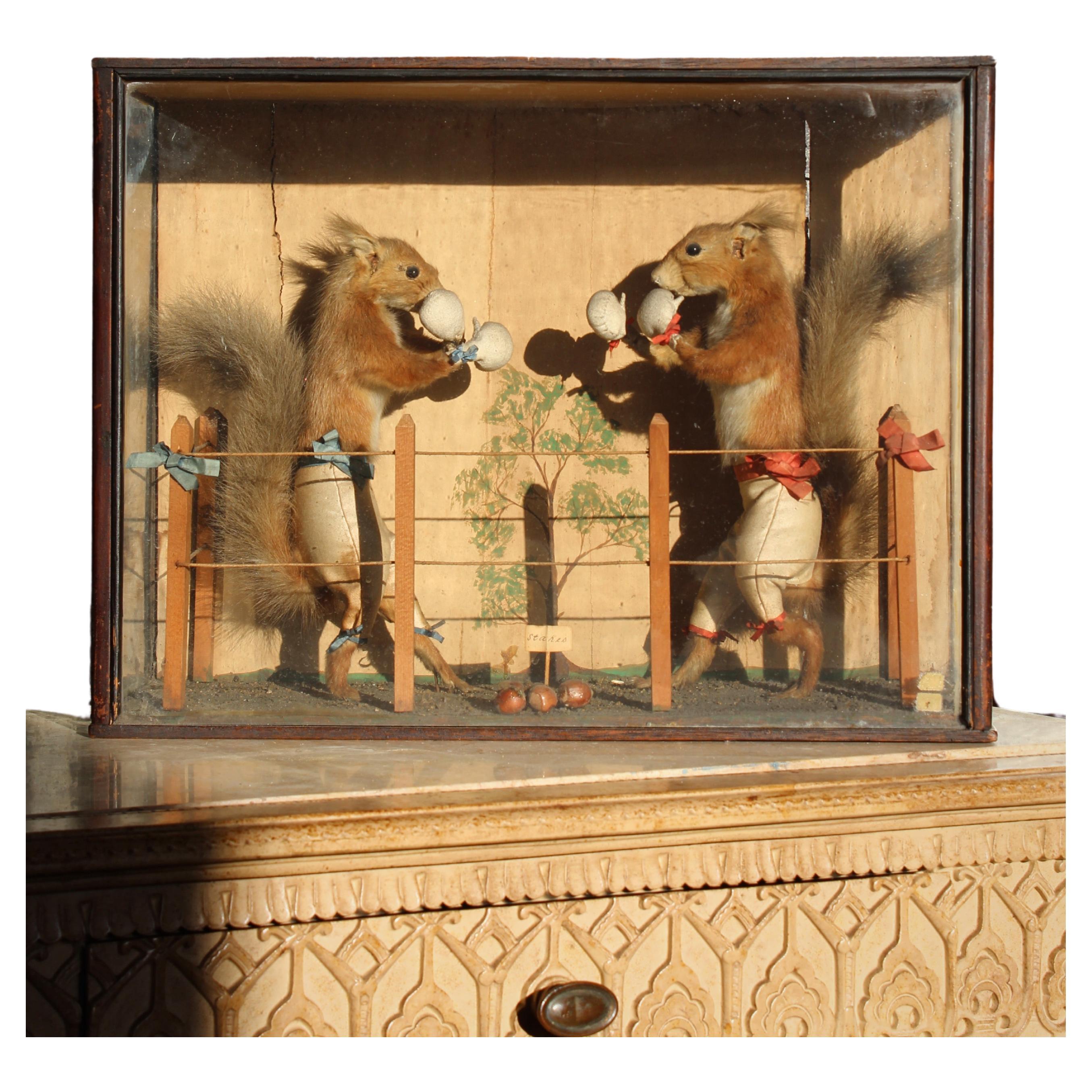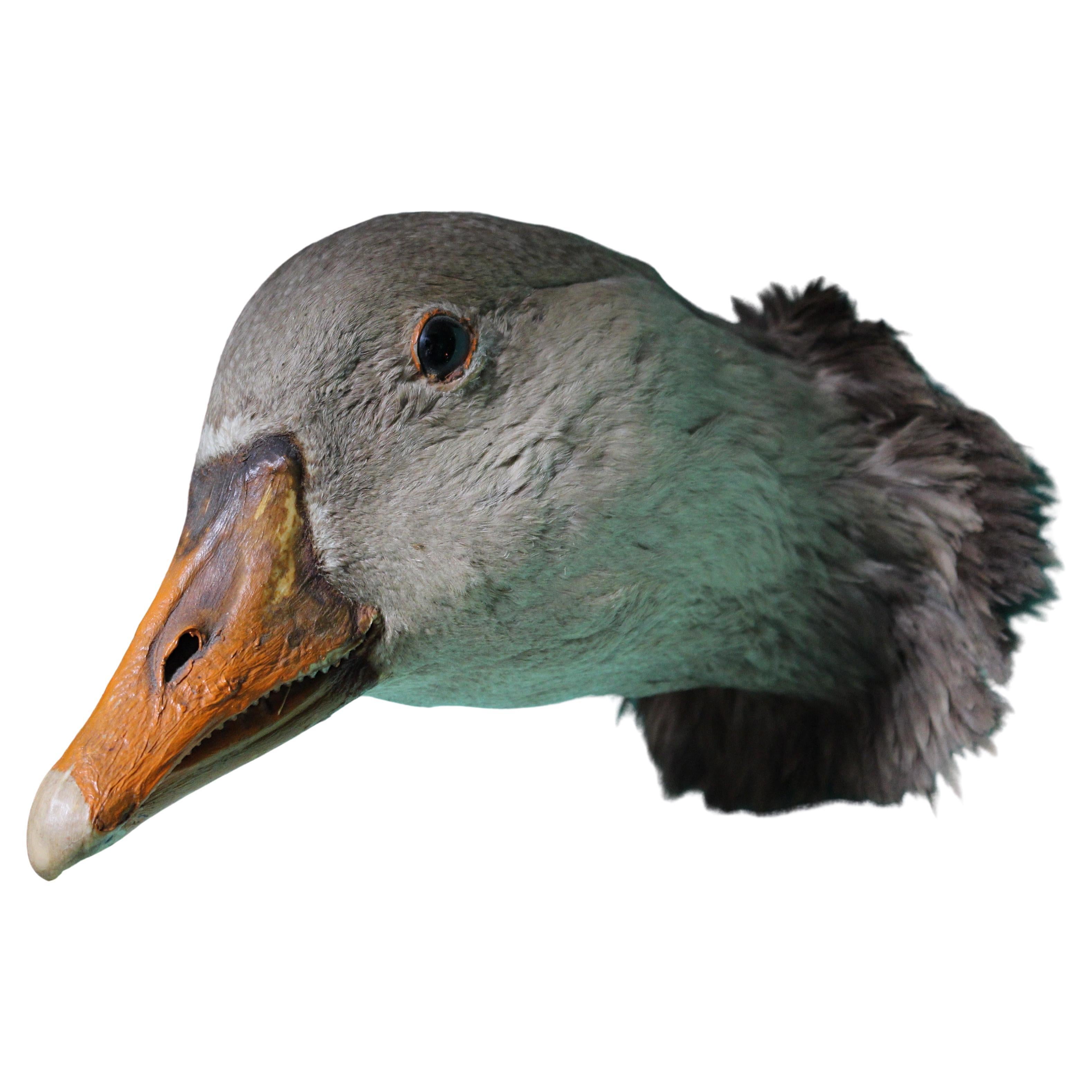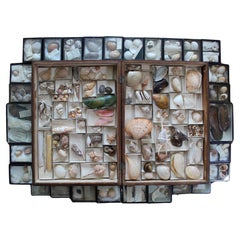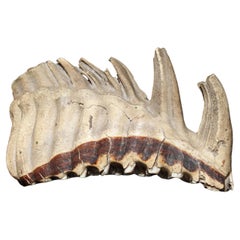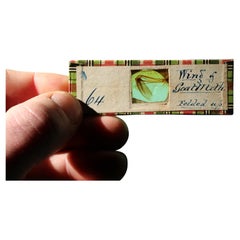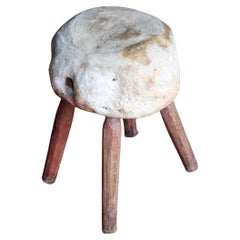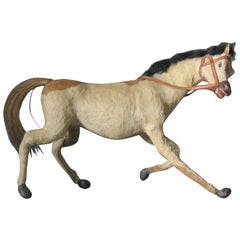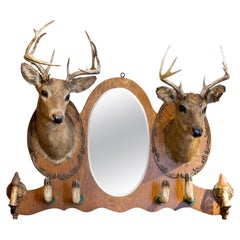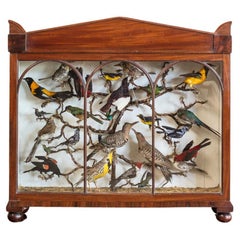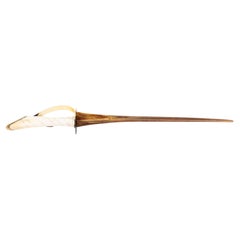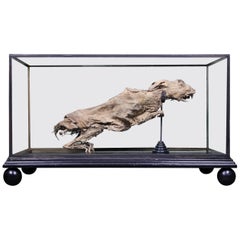
19th Century Mummified Taxidermy Specimen The Beverston Hare
View Similar Items
Want more images or videos?
Request additional images or videos from the seller
1 of 18
19th Century Mummified Taxidermy Specimen The Beverston Hare
Price:$888
$1,234.51List Price
About the Item
- Dimensions:Height: 32 in (81.28 cm)Width: 56 in (142.24 cm)Depth: 28 in (71.12 cm)
- Materials and Techniques:
- Place of Origin:
- Period:
- Date of Manufacture:1800
- Condition:Wear consistent with age and use.
- Seller Location:Lowestoft, GB
- Reference Number:1stDibs: LU4612120640122
About the Seller
5.0
Gold Seller
Premium sellers maintaining a 4.3+ rating and 24-hour response times
Established in 2013
1stDibs seller since 2019
199 sales on 1stDibs
Authenticity Guarantee
In the unlikely event there’s an issue with an item’s authenticity, contact us within 1 year for a full refund. DetailsMoney-Back Guarantee
If your item is not as described, is damaged in transit, or does not arrive, contact us within 7 days for a full refund. Details24-Hour Cancellation
You have a 24-hour grace period in which to reconsider your purchase, with no questions asked.Vetted Professional Sellers
Our world-class sellers must adhere to strict standards for service and quality, maintaining the integrity of our listings.Price-Match Guarantee
If you find that a seller listed the same item for a lower price elsewhere, we’ll match it.Trusted Global Delivery
Our best-in-class carrier network provides specialized shipping options worldwide, including custom delivery.More From This Seller
View All19th Century Large Collection of Victorian Conchology Shell Specimens Taxidermy
Located in Lowestoft, GB
A large collection of late Victorian shell specimens, the majority housed in its pine box with each specimen having its period card sleeve, the remainder displayed in glazed blue car...
Category
Antique Late 19th Century English Late Victorian Taxidermy
Materials
Natural Fiber, Blown Glass, Paper, Pine
Large 19th C Woolly Mammoth Mammuthus Primigenius Molar Specimen Taxidermy
Located in Lowestoft, GB
An incredibly preserved, large Woolly Mammoth (Mammuthus primigenius) molar section, the piece has a fantastic patina from decades of handling.
A very small section missing from one...
Category
Antique 19th Century European Taxidermy
Materials
Natural Fiber
Taxidermy Natural History Collection of 20 19th C Microscope Specimen Slides
Located in Lowestoft, GB
A collection of 20 Victorian glass microscope specimens slides, with hand penned titles and catalogue numbers.
Glass with a paper covering and a decorative tartan border, age relat...
Category
Antique 19th Century English Taxidermy
Materials
Natural Fiber, Glass, Paper
19th Century Fossilised Vertebrae Vernacular Foot Stool Taxidermy
Located in Lowestoft, GB
A highly unusual primitive foot stool, constructed from a fossilised vertebrae with peg jointed chamfered legs.
The vertebrae is possibly from a whale, due to its size and the wood...
Category
Antique 19th Century British Taxidermy
Materials
Natural Fiber, Wood
19th Century Bismuthinite Mineral Natural History Specimen Curio
Located in Lowestoft, GB
A lustrous silver Bismuthinite specimen, housed in its original glass and turned ebonised display bubble.
Bismuth also known as "white mass" It is a post-transition metal and one o...
Category
Antique 19th Century English Scientific Instruments
Materials
Natural Fiber, Blown Glass, Pine
19th Century Anthropomorphic Taxidermy Boxing Squirrels by Edward Hart
Located in Lowestoft, GB
A very rare anthropomorphic taxidermy scene of two red squirrels boxing, housed in its original pine and glazed case with hand painted backdrop.
The...
Category
Antique Late 19th Century English Victorian Taxidermy
Materials
Natural Fiber, Glass, Pine
You May Also Like
Victorian Taxidermy Toy Horse, Late 19th Century
Located in Ottawa, Ontario
Victorian taxidermy toy horse, late 19th century.
Unusual and rare, a bit bizarre, this model of a horse with glass eyes, is made of a stuff...
Category
Antique Late 19th Century English Victorian Taxidermy
Materials
Animal Skin
19th Century Double Deer Taxidermy Rack and Mirror
Located in Coeur d'Alene, ID
19th century Adirondack double deer hat rack/mirror from a lodge in the Pennsylvania mountains. Note quarter sawn oak and trim; Victorian lighting each side, late 19th century. Hard ...
Category
Antique Early 19th Century American Taxidermy
Materials
Other
Fine Example of Aviary Taxidermy, Late 19th Century
Located in London, GB
The group consisting of twenty six exotic species of bird, displaying vivad plumage, enclosed in its original glazed mahogany case.
Additional information:
Dimension: Height 86 cm, ...
Category
Antique Late 19th Century Aviation Objects
Taxidermy Swordfish Bill & Horn Novelty Sword 19th Century
Located in Nottingham, GB
In good condition
From a private collection
Free international shipping
Swordfish Bill & Horn Novelty Sword 19th Century
Category
Antique 19th Century Taxidermy
Materials
Horn
Mounted Taxidermy Hare with Rifle
Located in Eindhoven, NL
Mounted taxidermy hare with rifle. The hare is beautifully finished with backpack, hunter's hat and ammunition belt. A real eyecatcher.
Category
21st Century and Contemporary Taxidermy
Materials
Patent Leather
19th Century, Irish Marine Botany Specimens Made for the Niagara Falls Museum
Located in Hamilton, Ontario
19th century Irish Marine Botany Specimens made for Thomas Barnett of the Niagara Falls Museum. Seaweed samples were collected off the West Coast of Ireland in 1871 by Mrs. Maria J.W. Kirkwood and presented to Thomas Barnett Esquire, proprietor of the Niagara Falls Museum. These come as two separately framed pieces with hand embroidered lettering surrounded by seaweed and a poem written by Victoria Hall.
Free shipping within the United States and Canada.
The Niagara Falls Museum was a museum most notable for being the oldest Canadian museum (1827), as well as for having housed the mummy of Ramesses I for 140 years before its return to Egypt in 2003. It was founded by Thomas Barnett of Birmingham, England and underwent a few vocational changes in its history.
More on Thomas Barnett and the Niagara Falls Museum.
Thomas Barnett was born on December the 4th, 1799 near Birmingham, England. He moved to Canada in the early 1820s and opened the Niagara Falls Museum in 1827 at the base of the Canadian Horseshoe Falls. Barnett had a passion for collecting oddities. He retrofitted a former brewery house to exhibit his private collection. Although Barnett was aware of the collection patterns of his North American contemporaries, his own approach bore an uncanny similarity to the British tradition, such as the Ashmolean Museum in Oxford, the first traditional museum in Britain.
The Niagara Falls Museum had humble beginnings. In 1827, the first museum contained Thomas Barnett's own cabinet of taxidermic curiosities. Although the details were not documented, the collection was likely composed of a number of mounted animals of local origin, combined with a smattering of Native American artifacts. Barnett's collection however rapidly grew. Prior to 1844, an account of the museum's contents stated that there were over 5000 items, including bipeds, quadrupeds, birds, fish, insects, reptiles, shells, minerals, and Native American curiosities. Through the first fifty years of its existence, the Niagara Falls Museum continued to acquire similar artifacts through the diligent efforts of the Barnett family and their associates.
In 1854, Sydney Barnett (son of Thomas Barnett) made the first of his three trips to Egypt (two by himself and one with Dr. J. Douglas of Montreal) and purchased four mummies as well as a host of other Egyptian antiquities. In 1857, mastodon remains were discovered in St. Thomas, Ontario and later placed in the museum. In 1859 an inventory of the museum's contents included, in addition to the previously mentioned artifacts, an egg collection...
Category
Antique 19th Century Decorative Art
$3,250 Sale Price / set
27% Off
